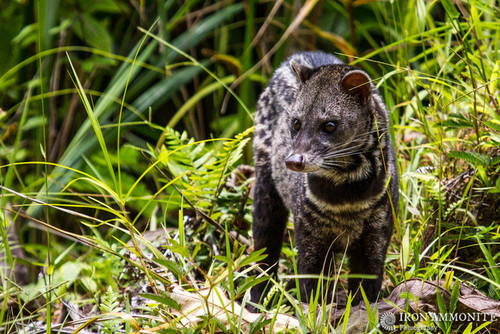See on Scoop.it – #OrcaAvengers
Since the release of the 2013 documentary “Blackfish,” SeaWorld has tried everything in its power to divert attention away from its shady business operation, which most recently, has included the use of psychoactive drugs on its orcas and the impregnation of ANOTHER female orca before her appropriate breeding age.
Open letters denouncing “Blackfish” were penned, videos from SeaWorld supporters were released, and the entertainment giant even created its own volunteer “Truth Team,” to show the world that SeaWorld isn’t guilty of anything and to protect our “privilege” of “experiencing marine mammals up close in ways that are educational, inspirational and that advance science.”
So, let’s get this straight — we now have a right to take away another’s chance at freedom because we are “privileged” to see them? Debatable, SeaWorld, debatable, along with pretty much everything else the company has said.
Yet, surprisingly, SeaWorld has finally decided to engage in a public discussion even though, at the start of 2014, the company quickly wimped out of a public debate challenge initiated by the team from “Blackfish” and the Oceanic Preservation Society (makers of “The Cove” and the upcoming eco-thriller “6”).
Quietly announced on EventBrite, The Voice of San Diego posted ticketing information for a panel discussion to be held on June 5, 2014 that will be focused on the following question: What does SeaWorld offer San Diego and how do we balance animal rights concerns with the company’s contributions in our region?
This event is most likely an offshoot of the debate surrounding the now postponed decision for San Diego’s “Blackfish bill,” which was introduced by California Assemblymember Richard Bloom (D-Santa Monica) earlier this year.
While it will be great to see SeaWorld finally speaking more directly to the public about its operations, the panel discussion already has the markings of the company’s other shaky PR gimmicks.
First off, the event is not called a debate, but rather a panel, and out of the four panelists, only one is considered “counter” to SeaWorld’s mission. The event page lists the following speakers:
Naomi Rose, marine mammal scientist with the D.C.-based Animal Welfare Institute; she was a key consultant for “Blackfish” and likely helped craft the so-called Blackfish bill;Susan Gray Davis, former UC San Diego professor who wrote a book about SeaWorld San Diego and can speak to local contributions;SeaWorld Senior TrainerSeaWorld Veterinarian/ Researcher
Who the SeaWorld trainer and veterinarian/researcher are remains to be seen, but looks like it’s a case of three against one. If there was any interest for a real public debate concerning marine mammal captivity, then the panel would have been more balanced instead of one-sided (although, it should be noted, that Naomi Rose is a strong voice of support for the anti-captivity movement, yet she is still just one voice from this side).
What’s more, the panel discussion seems like just another attempt to get SeaWorld out of the deep, consuming water that is the “Blackfish Effect” (which has resulted in protests along with a drop in attendance in early 2014), as can be concluded by the panel’s very narrow, SeaWorld-tailored question on what the company offers San Diego. True, the remainder of the question mentions a potential jumping off point for animal rights topics (“how do we balance animal rights concerns with the company’s contributions in our region?”), however it’s main focus is on how SeaWorld benefitsSan Diego — not the welfare of its orcas and trainers, which is where the real debate needs to stem from.
It seems we’ll all just have to wait and see what happens with this panel discussion (hopefully there will be some progress — we’ve been waiting, SeaWorld, c’mon, now!), but in the mean time, tell us what you think with a comment below – do you believe this debate is a good thing or will it be just another one of SeaWorld’s attempts to twist the truth?
Image source: Glen Scarborough/Flickr
See on www.onegreenplanet.org








